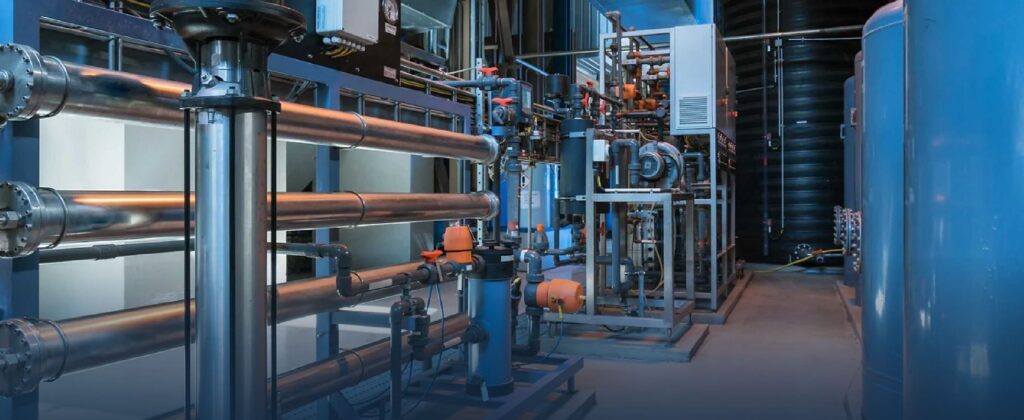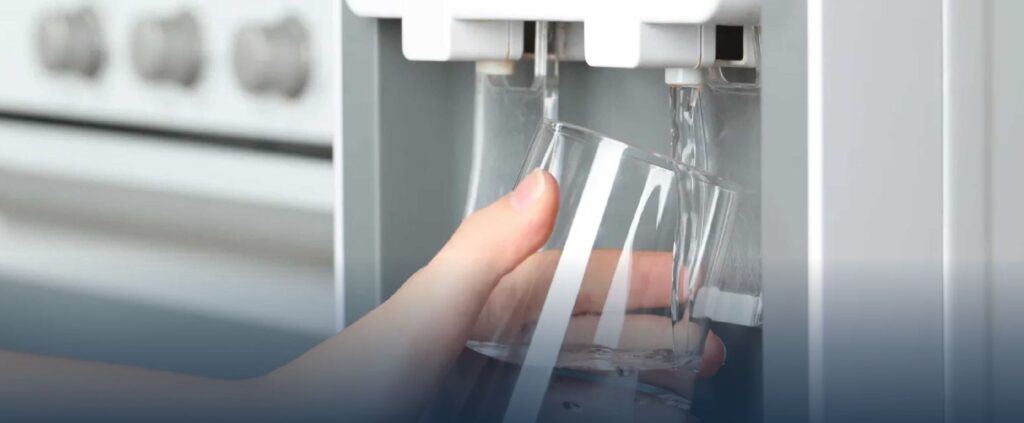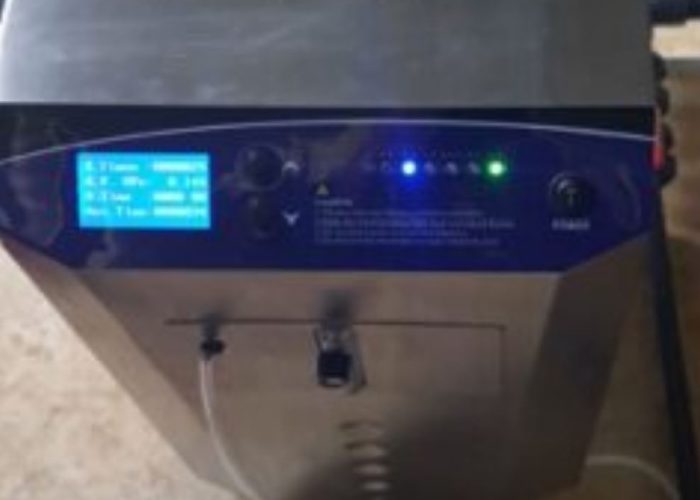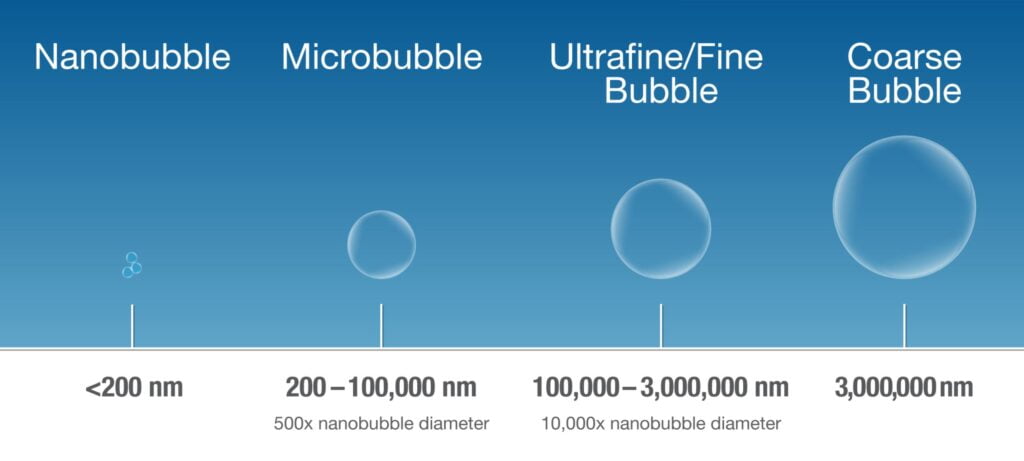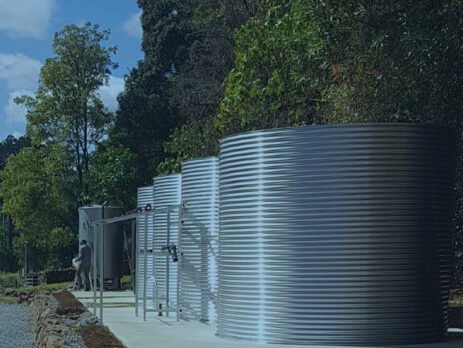~ QUEENSLAND ~
Chemical Free Iron Removal Installation
Pacific Water Technology recently commissioned an iron removal filter system using a natural catalytic manganese greensand filtration media. The bore water had a very low pH (less than 2) and iron levels exceeding 80 ppm. Iron staining was the main issue, as these high levels of iron are very extreme compared to other water sources.
[Chemical Free Iron Removal]
Summary:
Pacific Water Technology recently commissioned a new commercial water treatment facility for chemical-free iron removal from bore water to produce high-quality water destined for the water bottling plants in Queensland. The innovative technology employed is leading edge and has delivered excellent results. The project included the complete scope from equipment design, supply of equipment and storage tanks, commissioning, and process optimisation.
To ensure that the good properties of this water is maintained during storage, the 316 Stainless Steel tanks. The water bottlers require very strict water quality standards, both in regards to chemical and microbiological standards exceeding Australian Drinking Water Guidelines. Therefore, the best technology and equipment were selected to ensure optimum results are delivered. A secondary concern was bromate formation due to bromide’s ozone oxidation. Due to the low levels of bromide (less than 30 ppb), there were undetectable levels of bromate.
The table below compares the results of ozonation vs aeration of the water, both delivering results well within the required tolerances. There was some evidence of perhaps ozone oxidation causing some manganese to go back into solution, however, this can be remedied by reducing the ozone dose. In conclusion, the implementation of either air or ozone in conjunction with Nanobubble technology delivered excellent results in removing iron and manganese and producing water with an excellent flavour and aesthetic profile.


